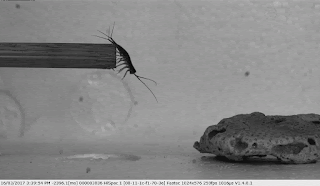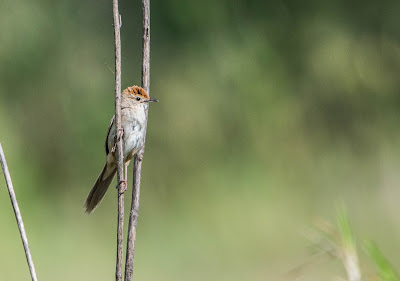Jumping sea slaters - honours project
I was walking along the rocks of the spit in Mooloolaba on the Sunshine Coast a few weeks (maybe months?) ago, and i saw these little critters sitting just above the water line, jumping from rock to rock. I returned a few days later with a bucket and a net, and set about the task of trying to catch a few of them, so i could bring them back to the lab to understand how they jump.
You see the thing is that most Slaters will have ten or more legs, so the thought occurred to me that it must be super hard to co-ordinate all ten legs at once to power the jump. I had just published a paper on jumping froghoppers and leaf hoppers in the Royal society interface and they used only their back two legs.
After what i would describe as a disproportionally long period of time i did succeed in catching a few and brought them back to my lab to film them on the fastec camera. I got a few jumps at 250 fps, and it looks like only the back two pairs of legs are involved with the jump
You see the thing is that most Slaters will have ten or more legs, so the thought occurred to me that it must be super hard to co-ordinate all ten legs at once to power the jump. I had just published a paper on jumping froghoppers and leaf hoppers in the Royal society interface and they used only their back two legs.
After what i would describe as a disproportionally long period of time i did succeed in catching a few and brought them back to my lab to film them on the fastec camera. I got a few jumps at 250 fps, and it looks like only the back two pairs of legs are involved with the jump
Though notice, the front of the body is also catapulted up to help propel body, so lots more to be answered.
How good it is at targeting and landing the jumps?
Can it control distance, if so how?
Do the legs contribute more than the body to the jump?
Be fun to figure it out.



The high level of rotation after jumping suggests that the axial bend may be the main power source. Annoyingly, this means you'll have to simultaneously track linear and rotational energy. :P
ReplyDeletethis is actually a really important point! Thanks!!
Delete